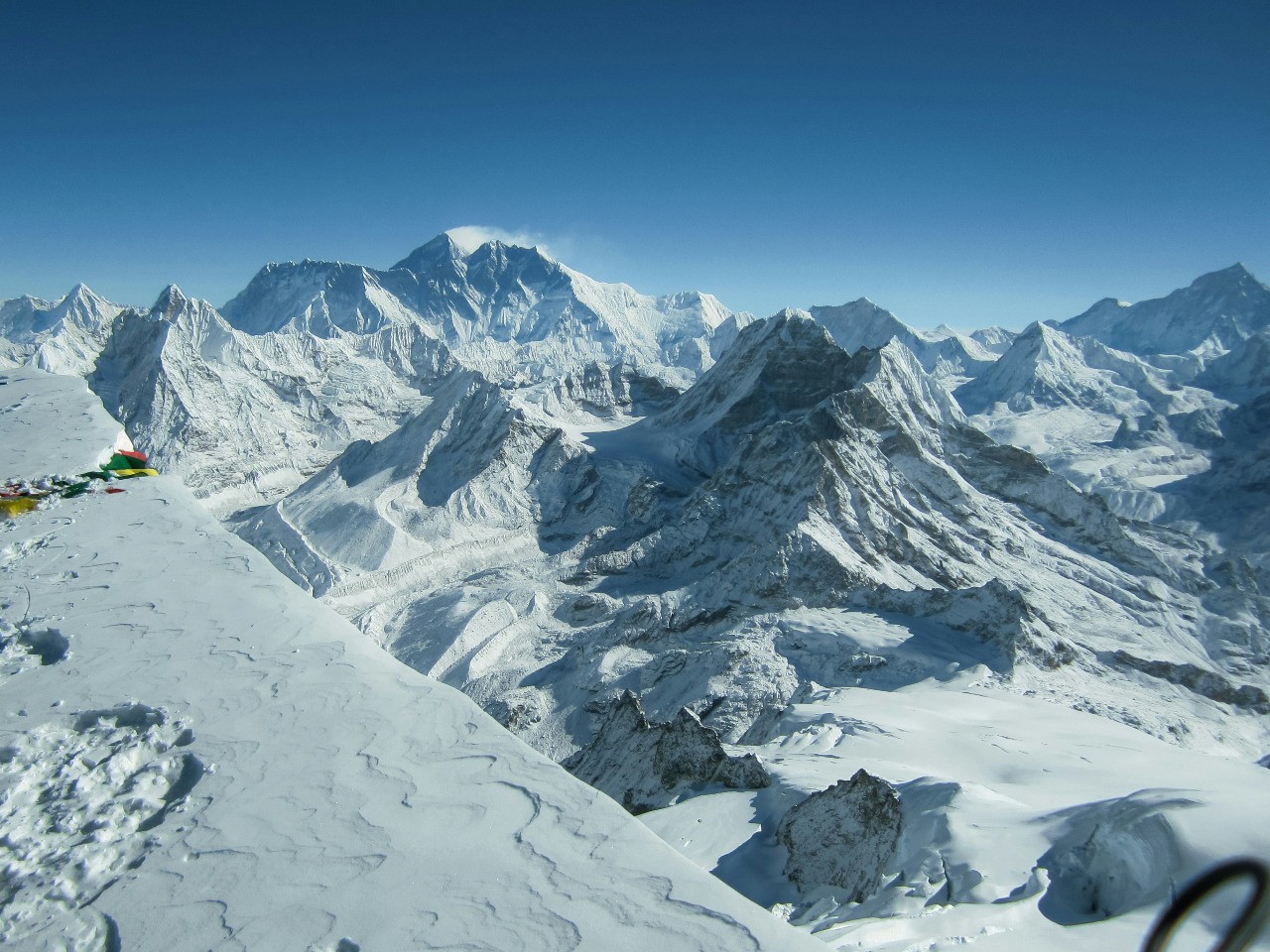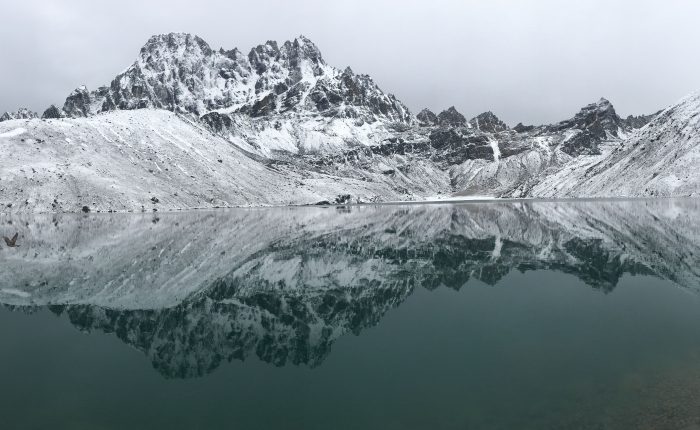Mera Peak Climbing takes you off the beaten path through the stunning Hinku and Honku Valleys to the summit of Mera Peak (6,476m / 21,247ft). This mountaineering adventure offers spectacular scenery, views of some of the world’s highest peaks, and visits to traditional Sherpa settlements.
+977 9851191802
info@everestdestinytreks.com
Google Review




